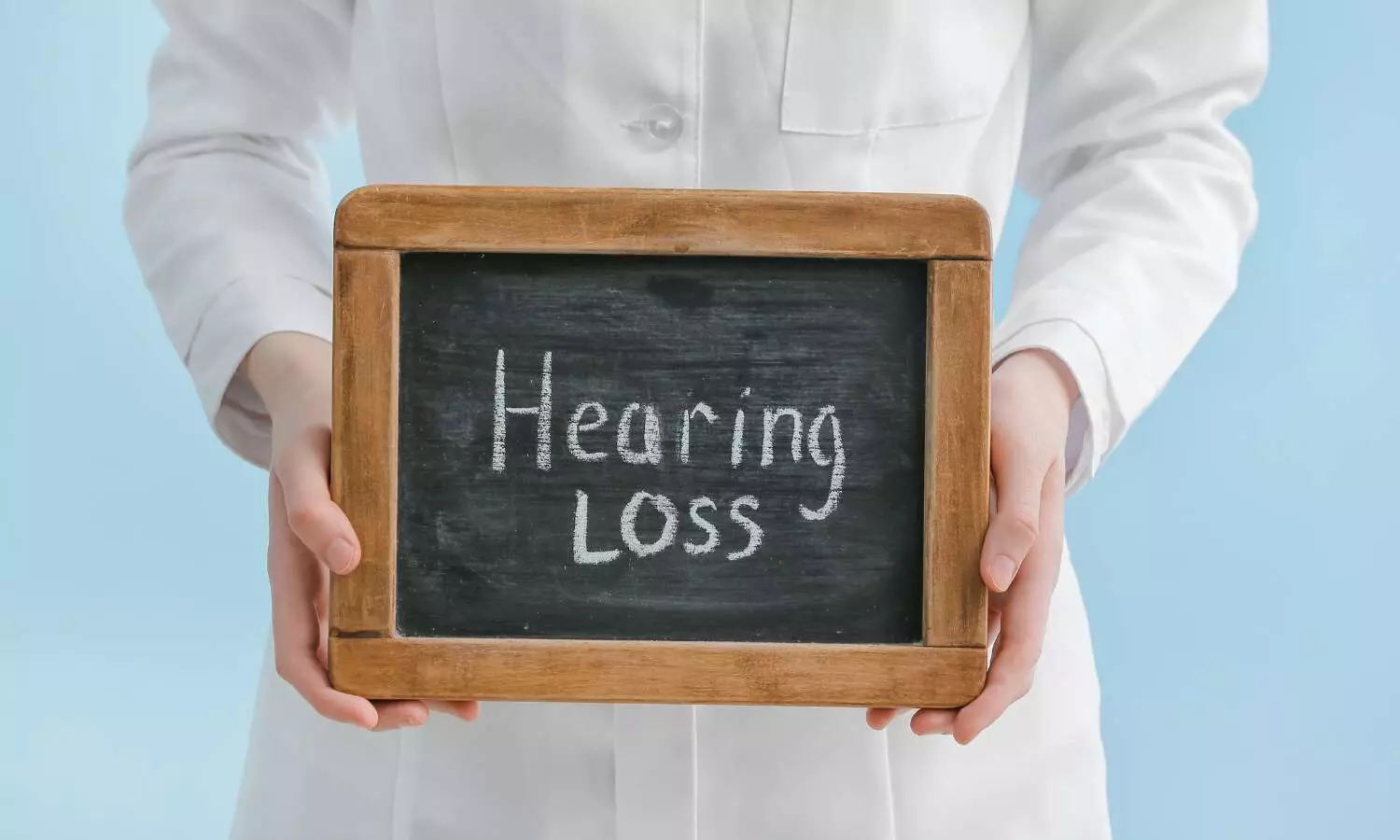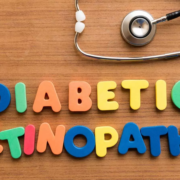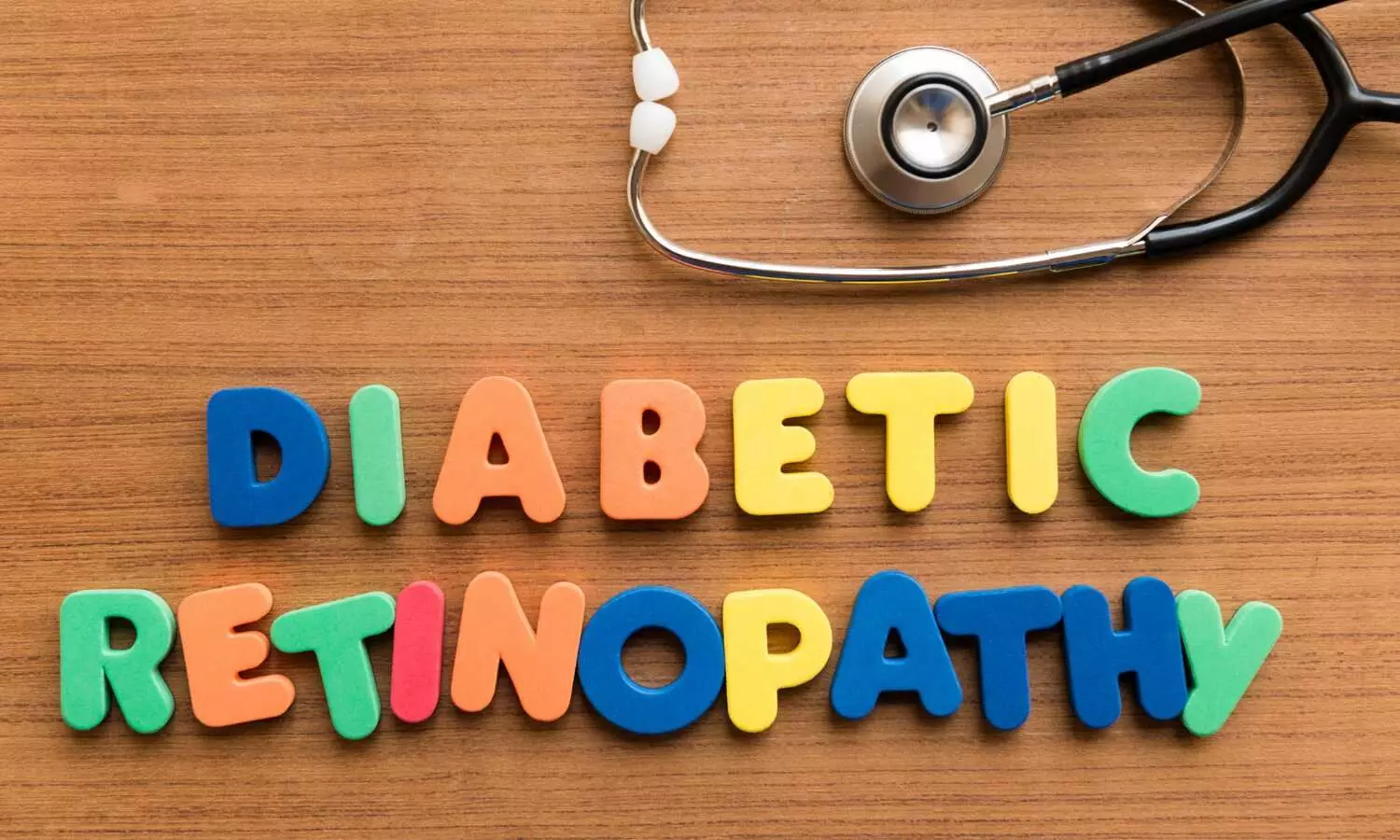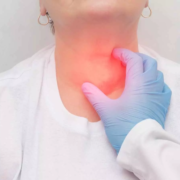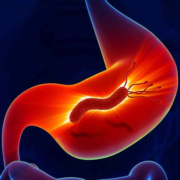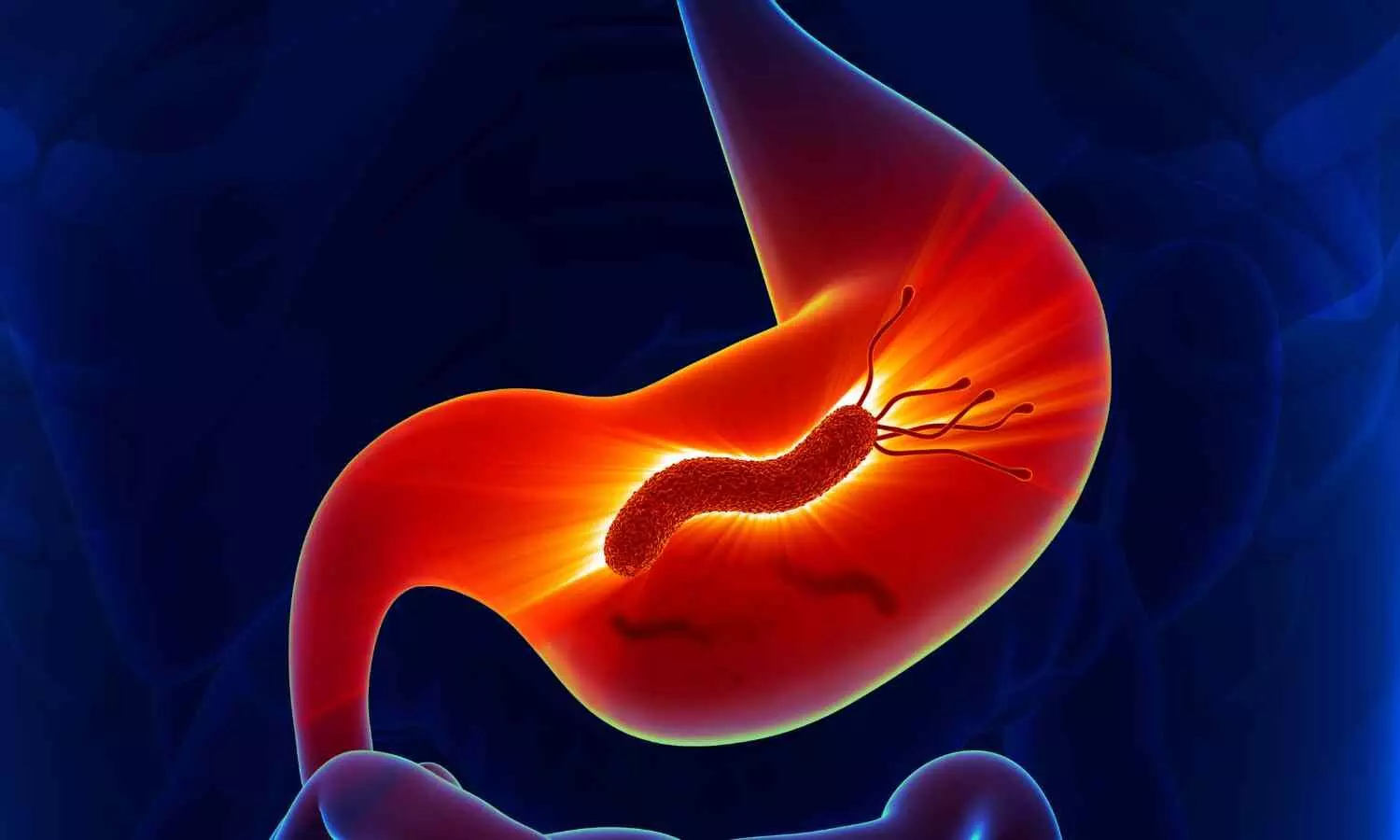Paternal Mental Distress Linked to Poorer Child Development, Finds Meta-Analysis

Australia: A large-scale meta-analysis published in JAMA Pediatrics has highlighted a significant link between paternal mental distress during the perinatal period and adverse developmental outcomes in children from birth through adolescence. Led by Dr. Genevieve Le Bas from Deakin University’s SEED Lifespan Strategic Research Centre in Australia, the study highlights the crucial role of fathers’ mental well-being in shaping their children’s developmental trajectory.
Recent findings identify paternal mental distress as a key modifiable factor affecting child development. “Depression, anxiety, or stress in fathers was associated with poorer social-emotional (r = 0.09), cognitive (r = −0.07), language (r = −0.15), and physical (r = 0.04) outcomes in children from birth to adolescence,” the researchers noted. The associations were notably stronger for postnatal distress than prenatal symptoms.
The research team systematically reviewed and analyzed data from 48 cohort studies encompassing 674 effect sizes and spanning more than 9,500 studies identified through global databases. The comprehensive synthesis revealed that symptoms of depression, anxiety, and stress in fathers during the perinatal period — defined as both pre- and post-birth — were associated with negative effects on various dimensions of offspring development.
The study led to the following findings:
- Paternal mental distress was significantly linked to poorer global development in children.
- Adverse effects were observed in social-emotional development (r = 0.09).
- Cognitive function in children showed a negative association with paternal distress (r = −0.07).
- Language development was notably affected, with a correlation of (r = −0.15).
- Physical development also showed a weaker but significant association (r = 0.04).
- There were no significant associations between paternal mental distress and adaptive or motor development outcomes.
- The impact of paternal mental distress was stronger during the postnatal period compared to the antenatal phase.
- These findings highlight the need for ongoing mental health support for fathers beyond pregnancy and into early parenthood.
The authors emphasized the need to broaden the scope of perinatal mental health care to include fathers, who are often overlooked in routine screenings and interventions. While maternal mental health has long been a focus of research and clinical attention, this study calls for integrating paternal mental health assessments into family-centered care models.
Importantly, the study advocates for targeted preventive strategies to reduce perinatal distress among fathers, positioning it as a modifiable risk factor for poor developmental outcomes in the next generation. By identifying paternal mental distress as an actionable area, the findings open pathways for early intervention programs aimed at improving not only the psychological health of fathers but also the long-term well-being of their children.
The authors concluded, “Overall, this landmark meta-analysis contributes robust evidence to the growing body of research on the intergenerational effects of mental health, reinforcing the call for inclusive perinatal mental health policies and practices that prioritize the entire family unit.”
Reference:
Le Bas G, Aarsman SR, Rogers A, et al. Paternal Perinatal Depression, Anxiety, and Stress and Child Development: A Systematic Review and Meta-Analysis. JAMA Pediatr. Published online June 16, 2025. doi:10.1001/jamapediatrics.2025.0880
Powered by WPeMatico







